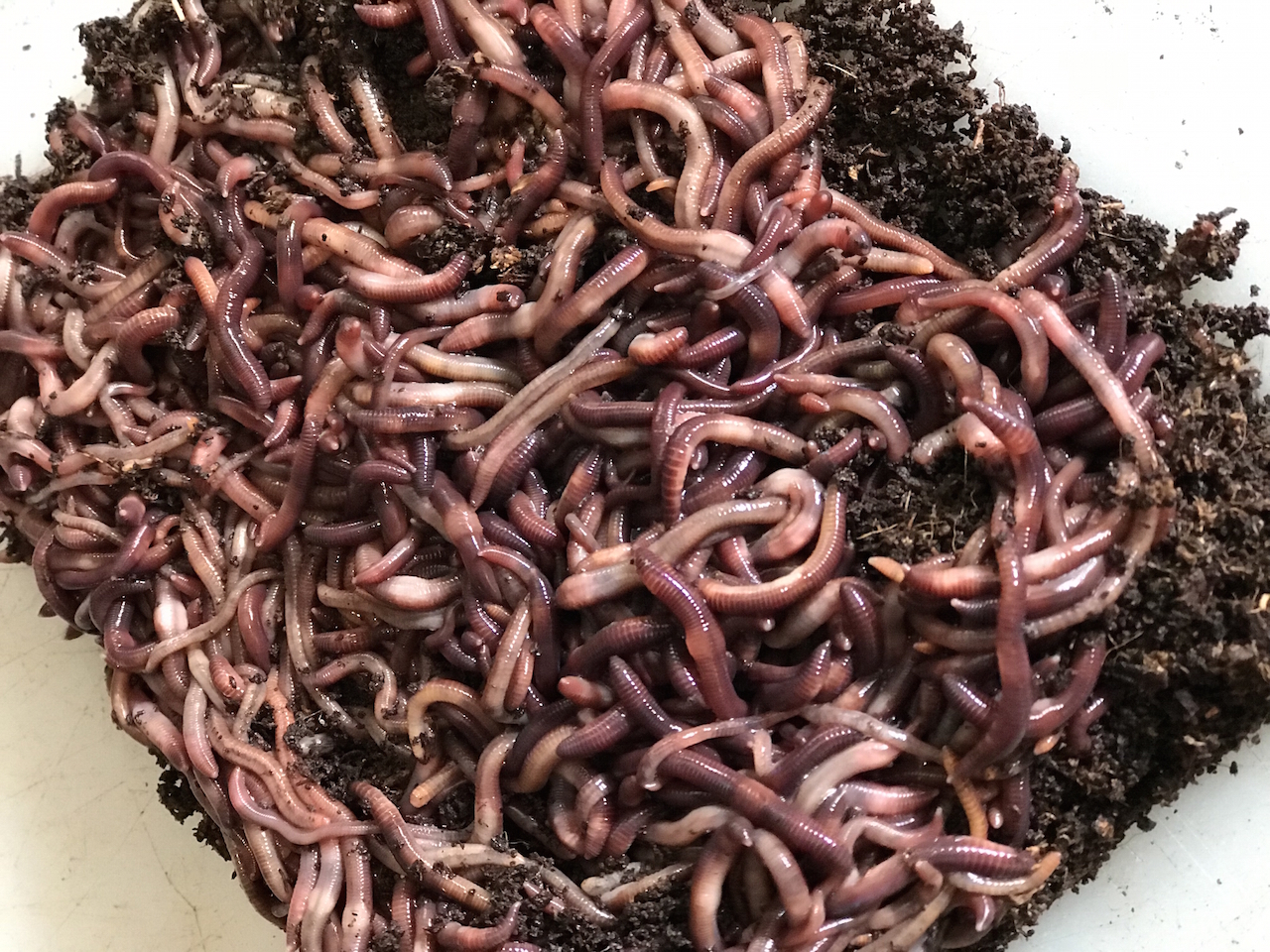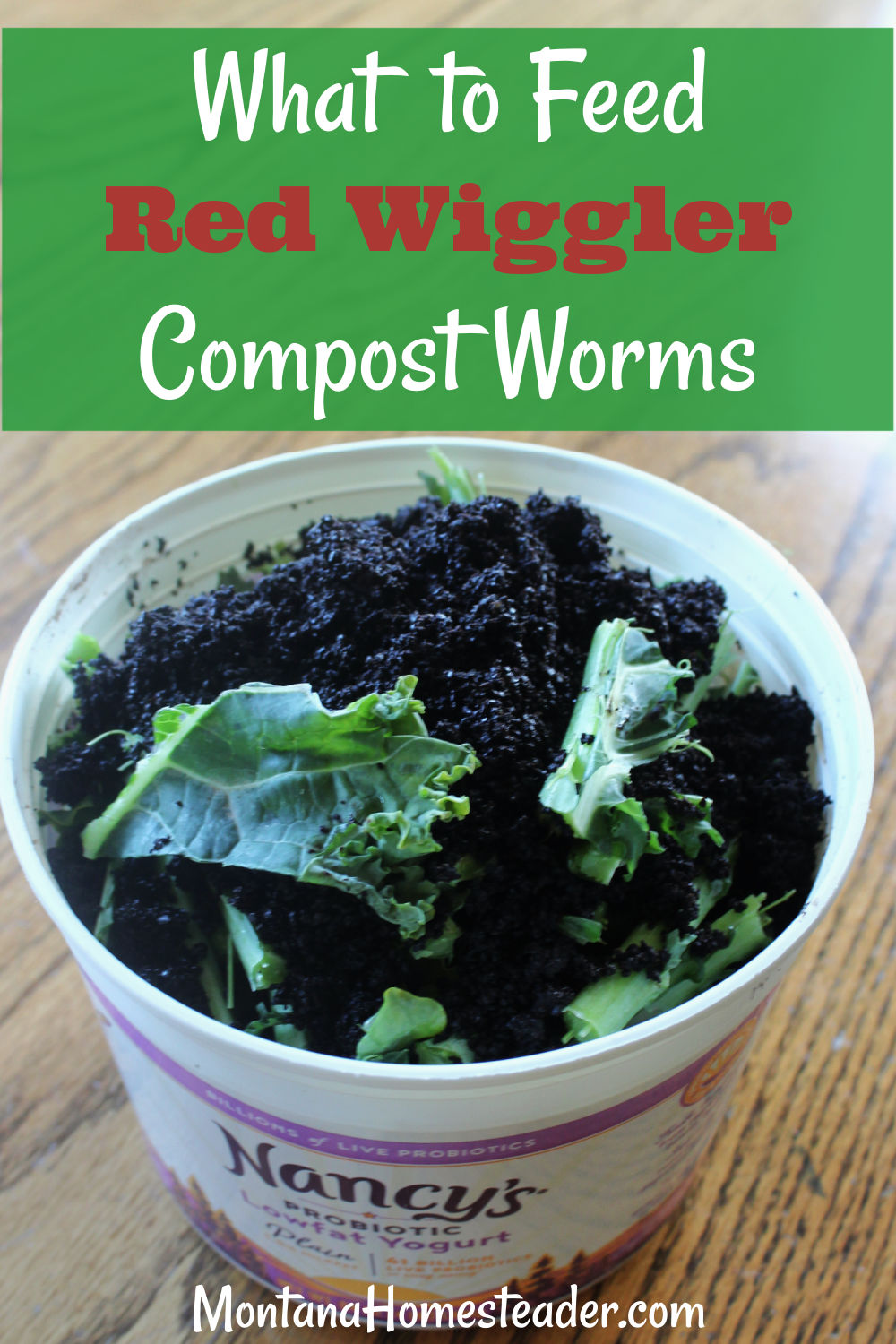Unlock the Secrets of Red Wigglers: Your Guide to Composting Success
The integration of red wigglers right into composting practices provides a significant opportunity for enhancing dirt health and promoting sustainability. These organisms are not simply reliable recyclers of natural waste; they use a myriad of advantages that can transform garden monitoring. Comprehending their needs and actions is crucial for enhancing their capacity, from establishing up a suitable worm bin to feeding them the appropriate materials. As we check out the necessary parts of effective vermicomposting, one may question just how these small animals can result in an extra lively and productive garden ecological community.

What Are Red Wigglers?
(Lake Rhodhiss Bait)Red wigglers, scientifically referred to as Eisenia fetida, are a species of earthworm mainly made use of in composting due to their exceptional capability to break down organic matter efficiently. These worms are defined by their reddish-brown pigmentation and a segmented body, typically gauging in between 3 to 4 inches in size. Unlike various other earthworm types, red wigglers grow in abundant, natural environments, making them excellent for vermicomposting systems.
Belonging To The United States And copyright, they are typically found in decaying fallen leaves and garden compost stacks, where they play an essential duty in nutrient recycling. Their adjustment to residing in a wet, aerobic setting allows them to consume large quantities of organic waste, damaging it down into nutrient-rich castings that enhance soil wellness.
Red wigglers recreate quickly, with a solitary worm with the ability of generating numerous cocoons each week, each containing several hatchlings. This rapid reproduction price contributes to their performance in composting procedures. They like temperature levels in between 60 ° F and 80 ° F, and their task level boosts considerably within this array, further aiding in the disintegration process. Recognizing the biology and behavior of red wigglers is necessary for maximizing their capacity in composting applications.
Advantages of Using Red Wigglers
Harnessing the power of red wigglers in composting provides many benefits that improve dirt health and wellness and advertise lasting waste monitoring. These remarkable organisms effectively break down natural matter, transforming cooking area scraps and lawn waste into nutrient-rich vermicompost. This completed item is incredibly helpful for plant growth, as it boosts dirt structure, raises wetness retention, and improves nutrition availability.

(Red Wiggler Express)Additionally, the existence of red wigglers in your composting system can speed up the composting process, generating high-grade compost in a fraction of the moment contrasted to typical approaches. The castings created by these worms are likewise including useful microorganisms that better improve the dirt community.
Establishing Your Worm Container
Developing a reliable worm container is a simple procedure that can considerably boost your composting initiatives. The very first step is picking an ideal container. Worm bins can be made from plastic storage containers, wood boxes, or commercially readily available worm containers. Ensure the container has sufficient drain and ventilation holes to maintain optimum wetness degrees and air flow.
Next, prepare the bed linen product, which acts as the worms' habitat. A mix of shredded newspaper, cardboard, and coconut coir functions well, giving a comfy atmosphere for the worms. Objective for a bedding depth of regarding 4-6 inches. Moisten the bed linen gently, guaranteeing it resembles a damp sponge without excess water pooling see here at the base.

Feeding Your Red Wigglers
To guarantee the wellness and productivity of your red wigglers, it is vital to provide them with a well balanced diet plan that meets their nutritional requirements. Red wigglers prosper on a diverse selection of natural products, which not just supply required nutrients but additionally promote efficient composting.
Begin by incorporating kitchen area scraps such as vegetable peels, fruit cores, and coffee premises. Prevent citrus fruits, onions, and garlic, as these can be destructive to worm health and wellness. Additionally, introduce shredded paper, cardboard, and dry fallen leaves to create a well-aerated setting.
Feeding frequency ought to be kept an eye on; usually, worms can eat half their body weight in food weekly. It is vital to prevent overfeeding, as excess food can lead to unpleasant odors and bring in pests. A good technique is to include food in percentages, enabling worms to refine it before introducing a lot more.
Preserving wetness levels is additionally crucial; the bed linens needs to perspire however not soaked. Last but not least, make sure to routinely inspect the temperature level and pH levels of the container to guarantee an ideal atmosphere for your red wigglers, ultimately enhancing their composting performance.
Harvesting and Making Use Of Garden Compost
An effective composting process with red wigglers finishes in the rich, dark compost called vermicompost, which can substantially enhance dirt health and plant development. Collecting this nutrient-dense material commonly takes place every 3 to six months, relying on the dimension of your system and the quantity of organic issue being refined.
To gather, carefully separate the compost from the worms and any type of undecomposed materials. One reliable technique includes moving the contents of the bin to one side and adding fresh bed linens and food to the void, urging the worms to migrate. After a few days, the garden compost can be collected from the contrary side.
It is vital to utilize vermicompost properly to maximize its advantages. It can be used as a leading clothing for garden beds, blended into potting soil, or brewed into a nutrient-rich liquid fertilizer referred to as "worm tea." This application method helps to provide important nutrients straight to plant origins, advertising healthier growth. By including vermicompost into your horticulture program, you not just reuse organic waste yet additionally produce a flourishing ecological community that supports lasting gardening practices.
Conclusion
In recap, red wigglers work as phenomenal allies in composting efforts, changing natural waste right into nutrient-rich vermicompost (Red Wiggler Express). Their distinct organic features and efficient waste handling abilities add dramatically to sustainable gardening practices. By understanding the optimal conditions for their environment, feeding needs, and compost harvesting strategies, garden enthusiasts can improve dirt health and wellness and promote plant vigor. Welcoming vermicomposting not only reduces land fill waste yet additionally promotes a much more eco accountable strategy to horticulture and resource management.